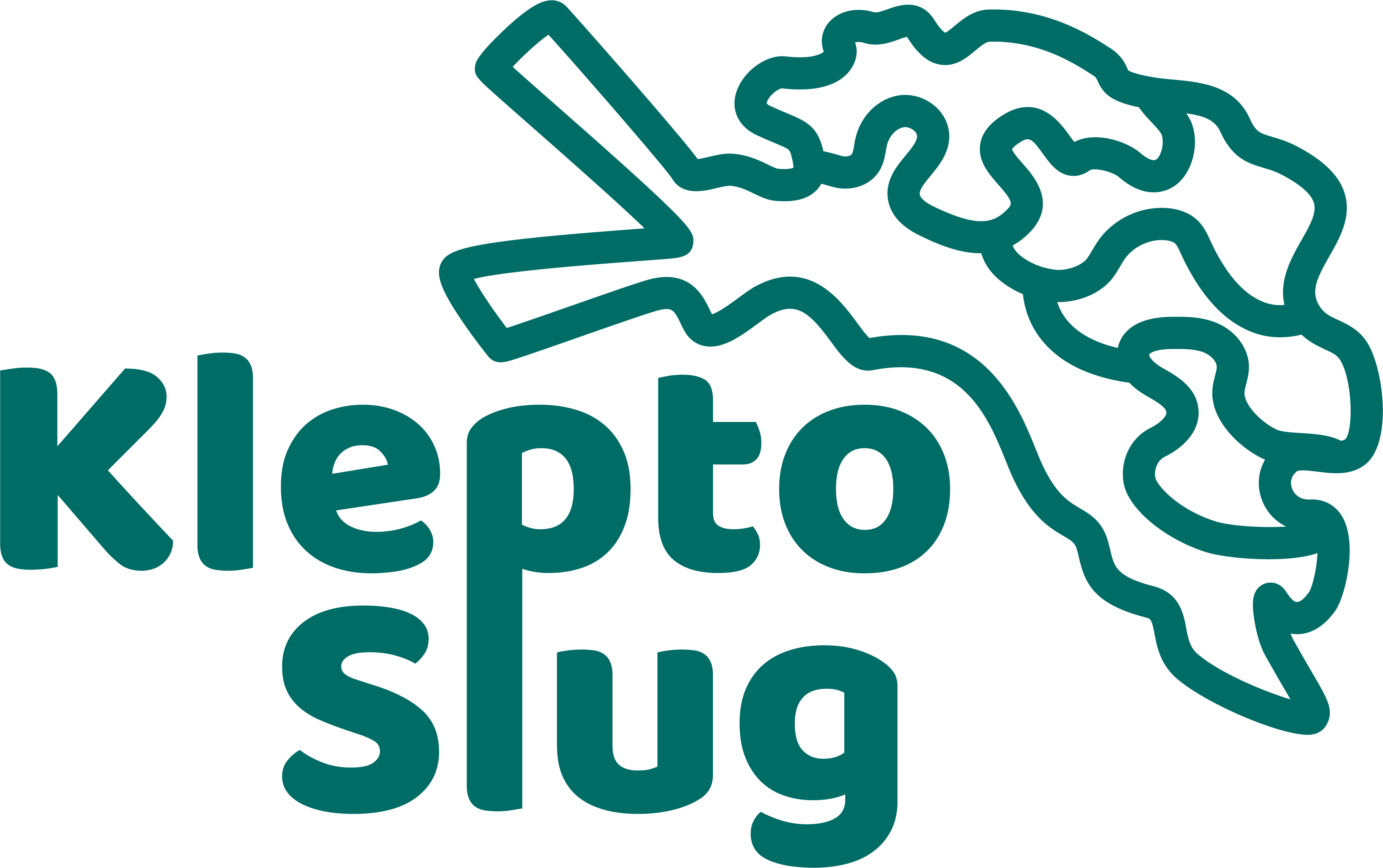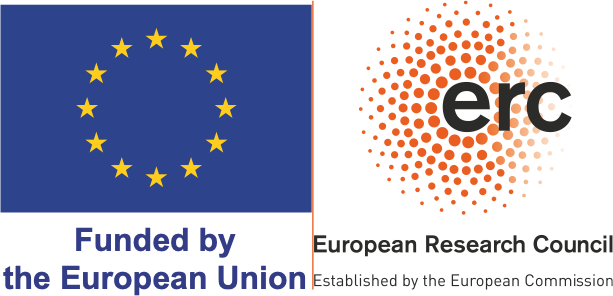
Rationale: Photosynthesis is almost exclusively restricted to algae and plants, with the exception of some protozoans, flatworms and marine slugs that acquire chloroplasts from algae. In metazoans, the capacity to incorporate functional chloroplasts (kleptoplasty) for long periods of time has only been described in sacoglossan sea slugs. Some species retain kleptoplasts photosynthetically active for several months that persist without access to algal gene products and despite the release of potentially dangerous metabolites, including reactive oxygen species (ROS). While kleptoplasty is intriguing from an evolutionary perspective, there are many unresolved questions on how the algal organelle is incorporated into the metabolism of an animal cell and what the host-associated benefits are.
Aim: This proposal will unravel the cellular mechanisms supporting the sequestration and maintenance of functional chloroplasts inside metazoan cells and determine the host benefits of harboring kleptoplasts.
Approach: The expertise in keeping a variety of species will form the backbone of my state-of-the-art experimental strategy, comparing a wide range of different animal-alga associations in their response to chloroplast incorporation and variable ability to functionally maintain them. Lipidomic and transcriptomic analyses will unravel in a comparative approach the species-specific maintenance strategies underlying kleptoplasty. In addition, the impact of cytotoxic compounds produced by active kleptoplasts and in particular ROS production and scavenging will be explore. Finally, it will determine the fate of inorganic carbon and nitrogen to explore the contribution of photosynthesis-derived compounds to the physiology of the host.
Impact: This analysis will resolve some of the long-standing questions regarding the maintenance of photosynthetically active chloroplasts in animal cells and produce crucial insights about long-term kleptoplasty in sacoglossan sea slugs.
